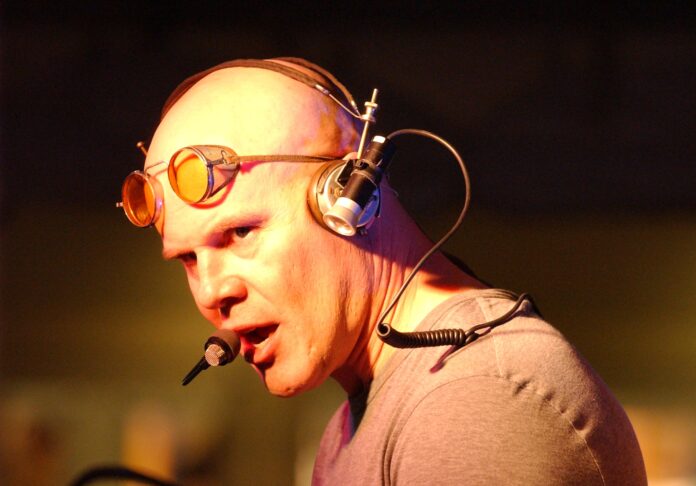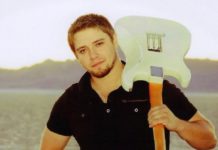Some 20 years ago, Thomas Dolby vanished from the music business like one of the submarines he sang about on his 1983 debut, “The Golden Age of Wireless.”
He resurfaced in Silicon Valley as founder of Beatnik Inc.
“We actually created a software synthesizer technology, which Nokia licensed because they wanted to make their phones capable of doing polyphonic ringtones,” the entrepreneur said. “So we sent engineers to Finland to put our synthesizer into their phones; that was in 1999, and since then it’s been in every Nokia phone and most of their competitors, so it totals about 3 billion phones.”
A big fan of the Internet, the tech wiz created a Web-based game called “A Map of the Floating City,” which went online prior to the October release of the disc of the same name.
“The project started in earnest really when I moved back to England from the USA; I was keen to get my kids a taste of my home country. We live in a very, very secluded village on the east coast of England, and my garden looks out over the North Sea toward Holland and Germany, and there’s a huge container port near me,” Dolby said during a call from Houston.
“I have my studio on a restored 1930s life boat, which is powered by solar panels and wind turbine. And I would sit in the wheelhouse looking out via periscope at these massive container ships floating across the North Sea. And at different times of day, they look almost like floating cities, almost like the Manhattan skyline.
“But in my twisted imagination, this was sort of a dystopian future world in which the container ships were all that was left. And the survivors of the species had taken to the oceans to stay cool. And that sort of became a backdrop for an album.”
For his first CD since 1992, the singer-songwriter serves up jazz, bluegrass, rock and techno.
“I try to tell stories, which I think is a rarified thing in this day and age. And I will adopt whatever musical method is appropriate for telling the story,” Dolby said.
The British rocker will bring his Time Capsule Tour to the Royal Oak Music Theatre in Royal Oak, Mich., at 7 p.m. April 4. Tickets are $20.
And he’s bringing a silver trailer tricked out with an internal video production studio.
“We’re asking people when they go in: If you could imagine that you’ve got 30 seconds left to live, what message would you send, to whom and why? Or you could think about maybe what could go into the time capsule are your three favorite songs, your granny’s apple pie recipe — what part of today’s scene deserves to be preserved for the future?” he said.
“Or you could assume that we have no future, the species will not exist in 100 years or 1,000 years; the first alien spaceship that uncovers the time capsule, how do you explain to them what went wrong, where it went off the rails?”
Things started to click for Dolby when he was working as a synthesizer player and sent cassettes out in the early 1980s.
“One of [the cassettes] found its way to Mutt Lange, who was in New York producing ‘Foreigner 4,’ ” he recalled. “So they flew me over to try me out for a day, and we did ‘Urgent,’ which they were delighted with, and so they said could I stick around and do the whole album.
“And they gave me a free hand pretty much to do what I wanted, including putting the intro on ‘Waiting for a Girl Like You,’ which was their biggest hit and really stood out because it had 15, 20 seconds of somnambulate, emo music on the start of it, and for a hard-rocking ’80s hair band to have that kind of an intro was certainly quite adventurous.”
That gig financed Dolby’s debut, “The Golden Age of Wireless,” which featured “She Blinded Me With Science,” “Europa and the Pirate Twins” and “One of Our Submarines.”
“The MTV video really caused it to take off,” Dolby said. “It was an interesting time because most of the pop stars of the era were pin-up heroes. And I was sort of an anti-hero really, so my video was like a silent movie, people like Chaplin and Lloyd and Keaton, and they were the little guys, so that was pretty much my character in ‘She Blinded Me With Science.’
“It was a catchy song, a little bit different,” he said. “That’s really why you still hear it get played a lot these days, and you’ll see it on ‘Big Bang Theory’ or ‘The Simpsons’ or whatever because it sort of struck a nerve with that generation.
“I’m very lucky. It’s one thing to have commercial hits; it’s another thing to have them still get played 30 years later.”
























